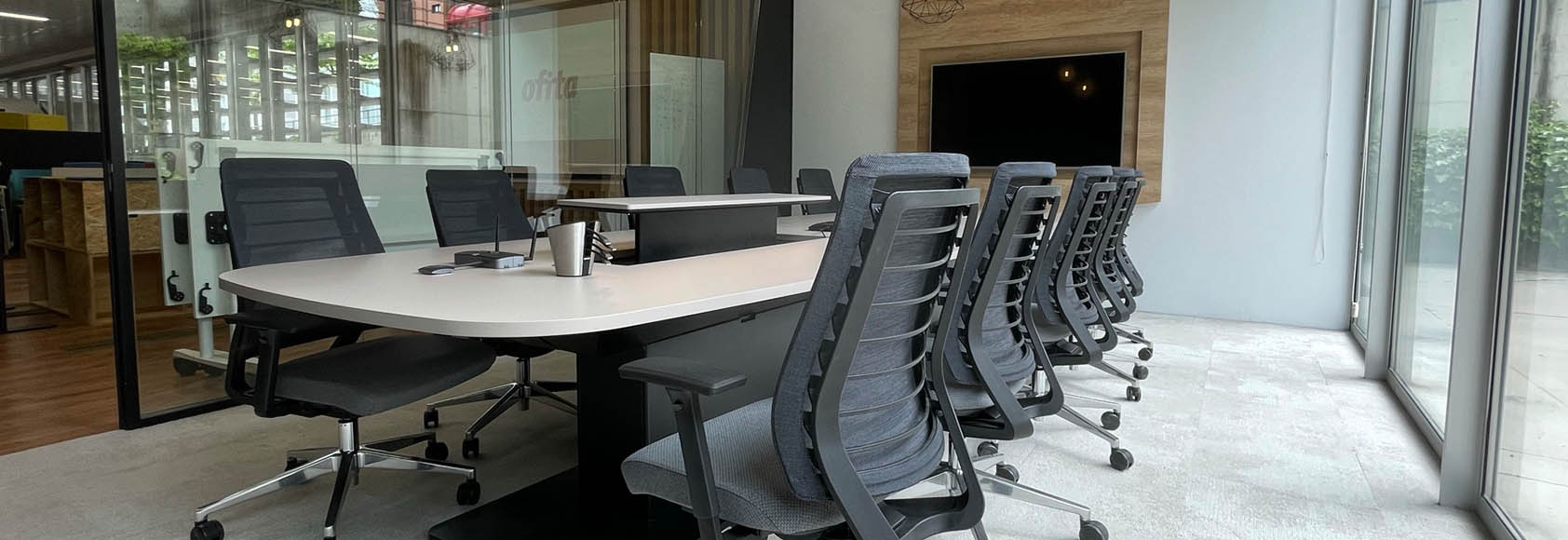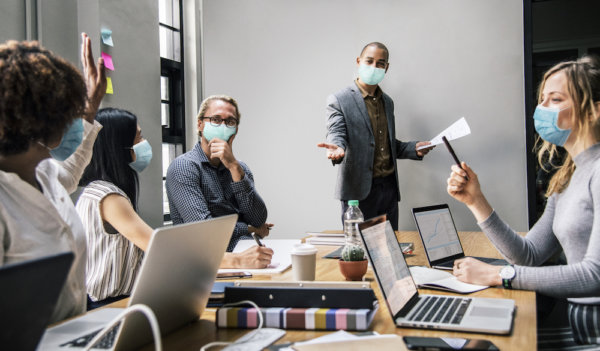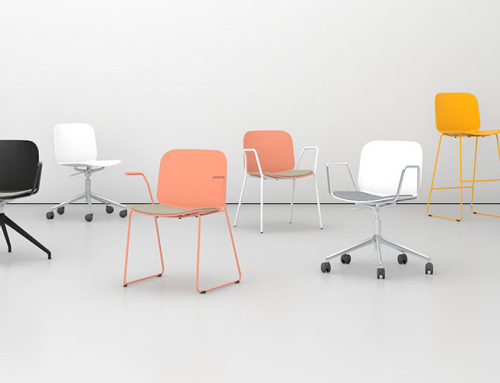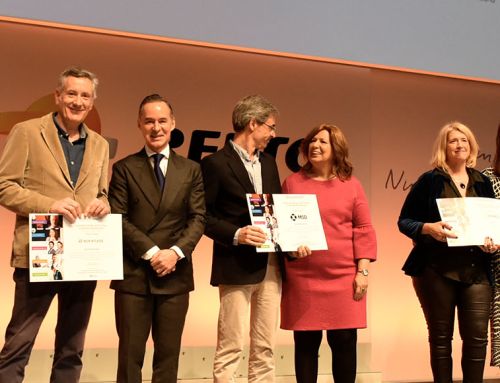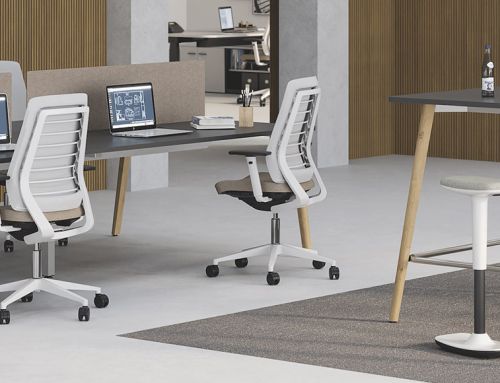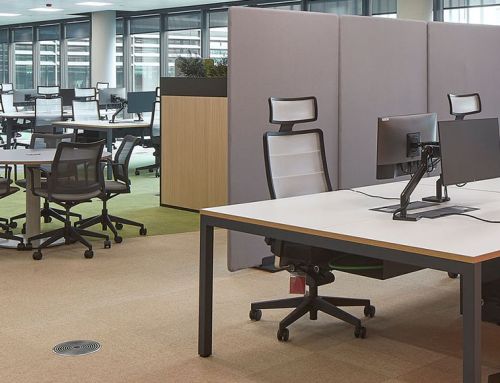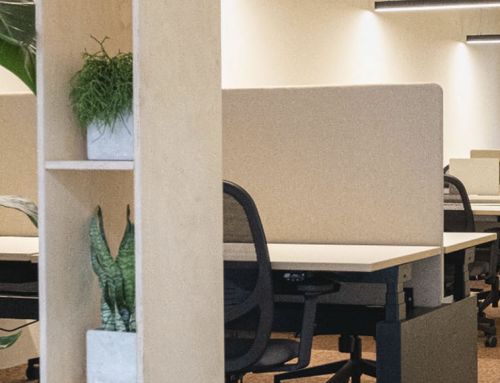Effective business meetings? A study from the universities of California and Minnesota revealed that 50% of meetings are not productive. Along the same lines, many experts agree that meetings are a symptom of poor organization, and that the fewer the better.
Effective business meetings, the key?
The reality is that intensive individual work is giving way to much more collaborative work relationships. In fact, we already spend 60% of our workday meeting or collaborating with others.
The evolution of the workspace confirms this trend. Let’s see: At the end of the 20th century, 40% of the space was assigned to jobs in closed cubicles; at the beginning of the XXI, 65% of the space was destined to open space individual workstations. The cantine, common areas and meeting spaces together represent only 20% of the space. In the year 2020, -already before the pandemic- 40% of the operational positions were empty at any time of the day. Collaborative areas have become the protagonist in the new workspaces, occupying up to 65%.
Most of us have too many meetings on the agenda and, surely, some that do not add any value to us. The key to achieving effective work meetings? Remember that they should never be held for the sole purpose of sharing information, for that there are already other means. The goal of effective business meetings is to make a decision or create something collaboratively.
Steps for an effective meeting
An effective or productive work meeting is one where the objectives for which it is carried out are actually achieved. It seems very simple, so why do we sometimes think that they are a waste of time?
There are 4 reasons why generally a business meeting is unproductive: too many meetings in the agendas of the attendees; the meeting is very long; The correct assistants have not been summoned, and they have been summoned without a clear objective.
We suggest three steps for an effective meeting: Planning, execution and evaluation. In other words, work meetings must always have a clear objective. Putting aside trivial conversations is essential, and also measuring the progress status of the tasks set.
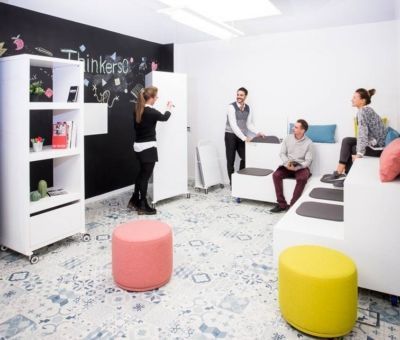
Effective business meetings don’t start and end at the meeting. Before, the most important thing is a good preparation: inform the attendees of the topics to be discussed and the type of meeting that will take place.
During the meeting, it is essential to stay focused on the objective and previously scheduled topics, as well as agree and clarify the conclusions. After the meeting, the key is to follow up on the fulfillment of those conclusions or tasks that have emerged during the meeting.
The best times for effective business meetings
When well organized, meetings stimulate creativity, motivate participants and create a climate of co-creation . But what is the best time for effective business meetings? The first recommendation from the experts is that we forget about Monday morning, which is generally our first choice.
Attendance improves in the afternoon, when the workload has been released, especially with third parties, and employees feel they are better prepared for the meeting.
But when what you want is to achieve effective work meetings and not only the attendance of those summoned, there is another much better option. As the day progresses, we get tired and this impacts our decisions.
Therefore, the best option is first thing in the morning, between 9:00 and 11:00. Not before either.
One last note, stand-up meetings can improve productivity; they can be more collaborative and creative. In today’s offices, there are spaces designed for them, such as those offered by Ofita’s Forthink furniture line.
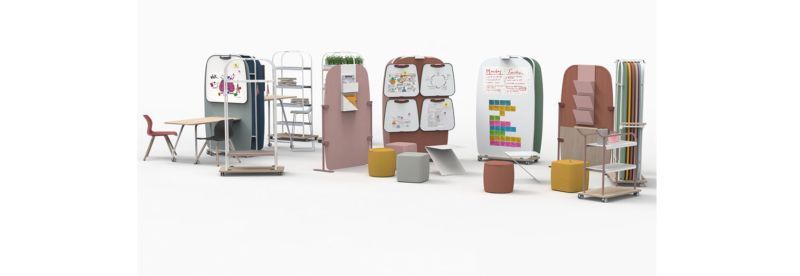
Effective work meetings, types and spaces
At Ofita we have analyzed the types of meetings that exist, with the aim of creating an appropriate design for each of these situations. There are eight main meeting modes: Convention, Board, Training, Team, Express Meetings, Brainstorming , Petit Committee and Visit.
We analyze the characteristics of each one of them according to three parameters: duration of the meeting, number of people and frequency of each type of meeting.
- Convention: 100 minutes, 100 people and 1% (Frequency).
- Meeting: 90 minutes, 15 people and 2%.
- Training: 90 minutes, 20 people and 2%.
- Team: 65 minutes, 6 people and 18%.
- Express Meetings: 30 minutes, 3 people and 50%.
- Brainstorming: 240 minutes, 5 people and 7%.
- Petit Committee: 30 minutes, 2 people and 12%.
- Visit: 45 minutes, 5 people and 8%.
